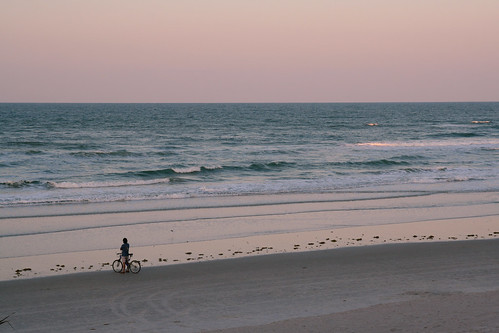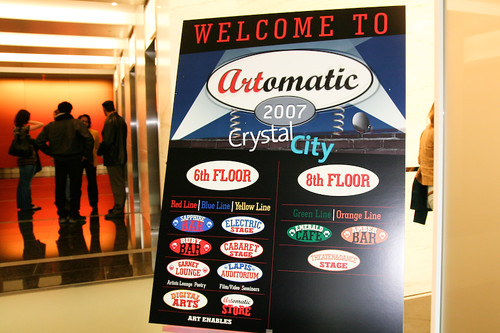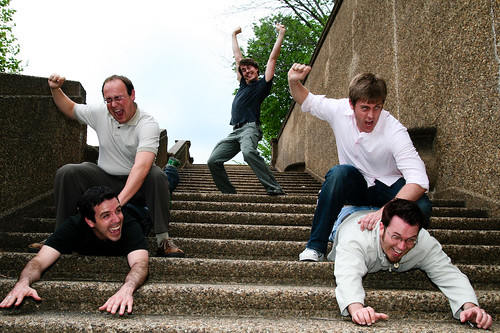An excellent post by Penelope Trunk on blogging under your real name. As someone who’s been online in one form of another since 1996, I couldn’t agree more with her advice.
As I said in my comment, blogging is a great way to increase your visibility online through that arbitrer of importance these days, Google. If Google can’t find you, do you really exist? We’ll leave that philosophical question for another time. In practical terms, being online has greatly helped me find jobs, expands my network and allow old friends to track me down.
Why did I initially decide to go online? Vanity. I was a writer of short stories who felt that I should be more widely known. My stories had been accepted in some very very small literary publications with circulations of less than a thousand subscribers. The process of your story being accepted by one of these journals is to snail mail it to an editor and wait 3-12 months for them to get back to you. This ancient process still exists today.
After AOL announced that they would provide space on the Web for their users, I taught myself HTML and published several pages online. (Unbelievably, they are still there.) I was not a computer person or a geek, just a frustrated writer who wanted to publish his short stories online. I’m not sure how much the world was interested in my tales of adolescent longing but my vanity led me to a whole new career as a web person.








